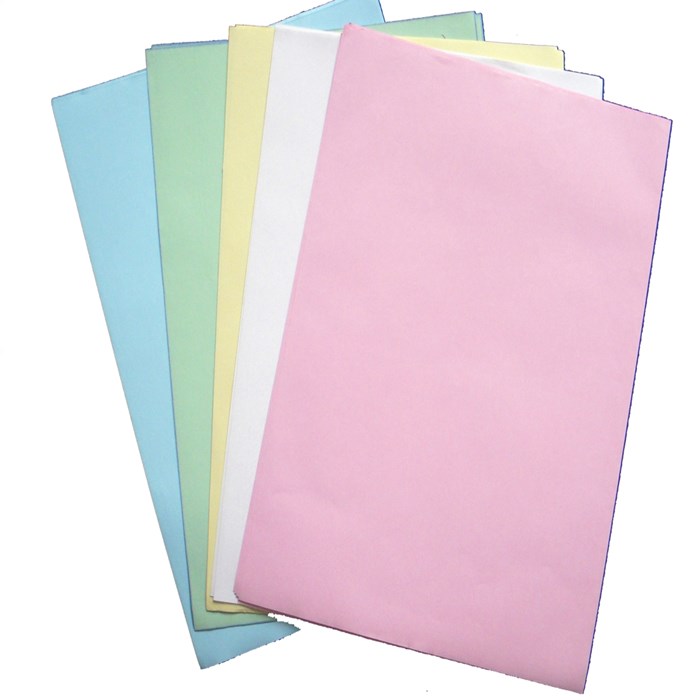The UK printing and packaging industry continued to recover in the fourth quarter of 2021, but the threat to future recovery and growth remains prominent, especially due to the increased damage caused by covid – 19 and the spiral rise in supply, labor and energy costs.
As a quarterly Research Report on the health of the printing industry, the latest printing outlook of the British Printing Industry Federation (BPIF) found that the output and order performance of most companies have improved, and many companies expect further improvement in the first quarter of the new year.
Although the government launched the B plan in December last year to try to curb the spread of COVID-19, it seems to have had no significant impact on the fourth quarter’s industrial development.
The survey found that 63% of printers managed to increase production in the fourth quarter of 2021. Another 19% of printers were able to maintain stable output, while the output of the remaining 18% of printers decreased.
Although Plan B was implemented only at the end of the fourth quarter, it still has a considerable restrictive effect on companies working with event and hotel customers.
It is expected that the level of production activity in the first quarter of this year will remain at a positive level, but not so strong. 51% of companies expect output growth, another 32% expect them to maintain a stable output level, and the remaining 17% expect their output level to decline.
Despite some serious interruptions, printing and packaging are still working towards a comprehensive recovery, and the forecast for the first quarter of this year is the highest in history. BPIF said that the relaxation of restrictions would encourage further industry recovery and help stimulate growth in the most damaged industries.
Charles jarrold, CEO of BPIF, said that the industry experienced seasonal growth in the fourth quarter. Although November was the strongest month since covid began, it was generally positive. Although Plan B will have some constraints, the development of the industry has taken another big step on the road of recovery.
“People are optimistic about the first quarter of this year, but it is clear that energy and substrates face huge cost pressure, and the substrate problem is particularly serious at present, whether it is around price or availability, which is causing disruption.”
78% of respondents believe that the cost of printing materials has become the most concerned business issue of printing companies for the third consecutive quarter; Energy cost is the second focus, with 58% of companies choosing; Competitors’ pricing lower than cost is the third concern, with 43% of respondents choosing.
The focus on access to skilled labor is slightly backward, with 41% of respondents choosing it, while coping with the economic impact of covid-19 has once again become a concern, with 29% of respondents choosing it.
The survey also found that the shortage of raw material supply is still the most challenging problem affecting the ability of enterprises to recover from covid-19.
Due to a period of plan B restrictions and supply shortages, industrial capacity utilization in January was not as strong as in October. However, although 51% of companies had less than 50% operating rate in May 2020, this proportion fell to 8% in January 2021 and 3% in January this year.
74% of companies operate at more than 70% of capacity, down from 81% in October, but still higher than the level in the previous three quarters.
The survey found that the employment level of most companies will not increase compared with that of any new employees at the end of the third quarter (96%) in the third quarter.
In addition, in 2022, more companies are seeking directional investment to help them adapt to new growth opportunities and cost risks. The three most important investment objectives are workflow and automation, binding and sorting, and management information system.
Jarrold said: “after COVID-19, people’s confidence is recovering, and we are clearly entering a world that transcends COVID-19 or coexists with COVID-19. I think people have realized that life needs to continue, which means that insufficient demand is no longer a problem.”
“Where people suspend investment, there may be new investment. The labor market is also quite tight. We see the high acceptance of apprenticeship, so enterprises are responding, but the reality is that investment is part of it. Enterprises need to consider what they can do to improve productivity, and government incentives can also help.”
It is reported that the fourth quarter survey of printing outlook was conducted from January 6 to 23, 2022, and received responses from 98 companies and 6780 employees.
Post time: Mar-09-2022

